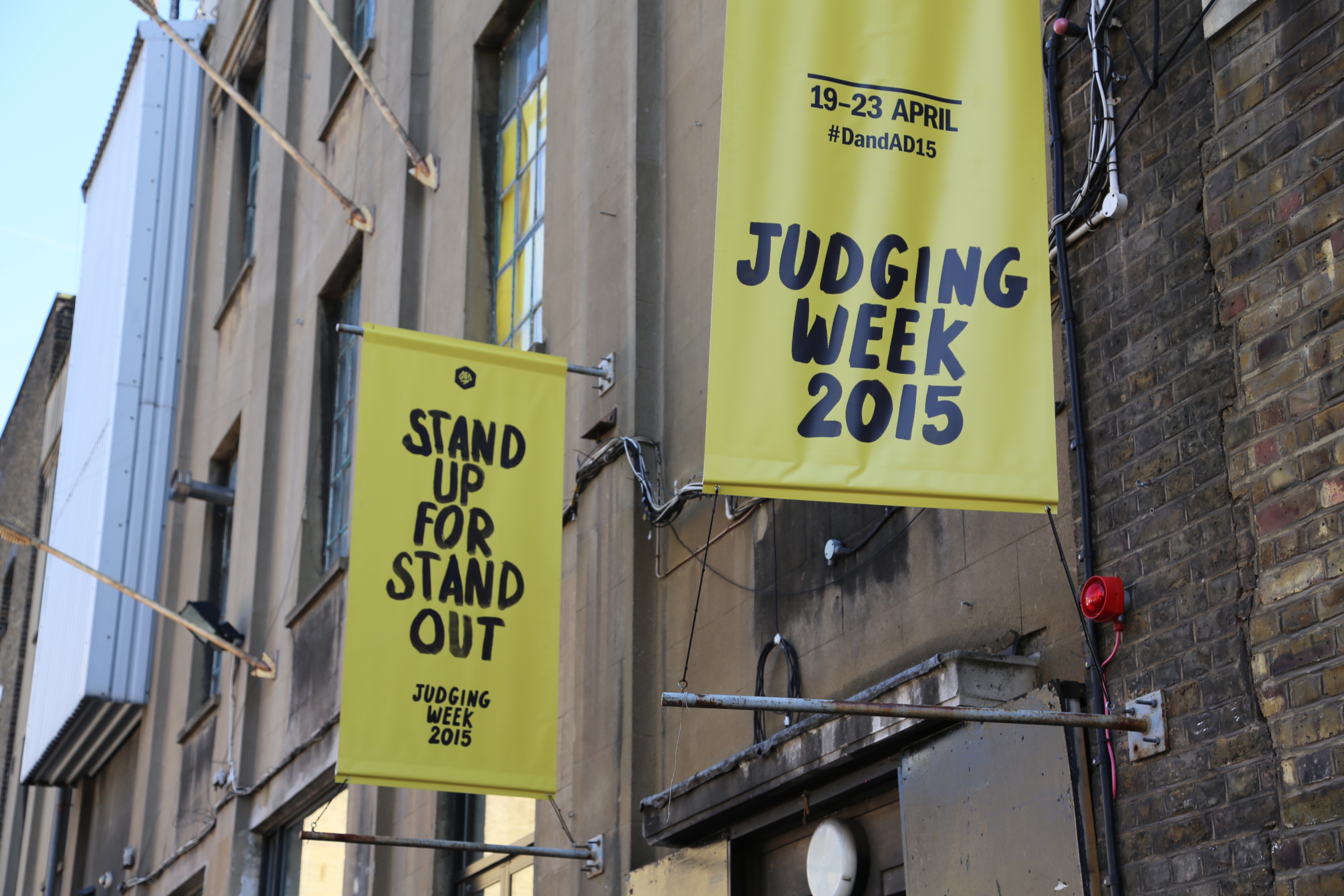

The walk into the Old Truman Brewery is deceptive. You enter up some stairs, following the neon yellow flags fluttering in an uncomfortable English breeze and before you know it an army of signs, loud and confident in their protestations, surrounds you. “The past is history, now is the future!’ says one, another boasting in all caps that “Good is not good enough.” You’ve entered into a large reception with an impromptu coffee shop, sofas, creative-looking people with their noses buried deep in MacBook Pros. This is not the deception.

The TARDIS-like element of the new venue only becomes apparent later as you begin to explore vast halls with trestle tables laid end-to-end and hundreds upon hundreds of award-winning ads reveal themselves. It’s beautiful, like a puzzle box opening to show something ephemeral and extremely temporary – for one week only the venue has been transformed into a temple of advertising excellence.
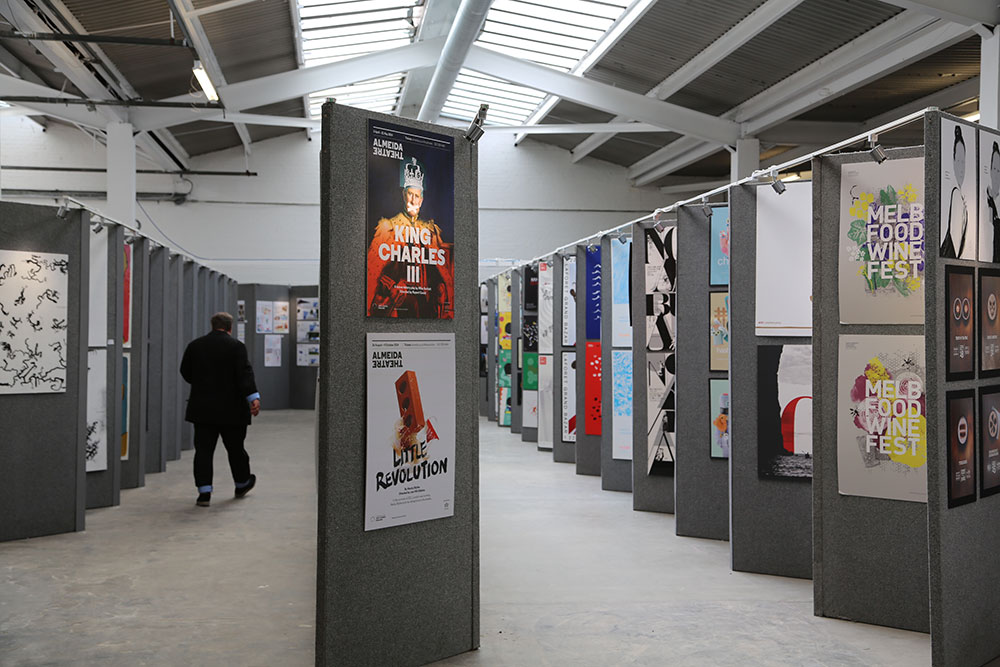
Walls of corrugated grey board undulate lazily into the middle distance. It’s like an intimidatingly huge exhibition to the cult of what a long time ago we might have called commercial art. I’ve been to advertising awards before, but this is something else. The deep echoing halls have a faintly musty smell, the only sounds at 11.30am on a Tuesday morning are hushed whispers and the echoing of footsteps. There’s a strangely religious reverence to the space; these sweeping halls where judges with white lanyards solemnly glide about.

There are 27 categories this year, I’m told in a brief chat with a PR person; 11,000 complete entries in total, breaking down to 15,000 pieces of physical ‘stuff’ and 8,000 digital submissions. I ask to get those numbers again – 11,000 entries seem almost unbelievable. But this is advertising, and awards are a big deal – and the D&AD Awards carry a special reverence. With a D&AD Yellow Pencil in your back pocket, you can more or less walk into any agency in the world and demand a job. Such is the prestige surrounding this little bit of plastic – funny how it must seem to people outside the industry with their BAFTAs, Oscars, and a Cannes Film Festival we couldn’t care less about. This isn’t about a plastic pencil. That’s not why we’re here. It’s about something else, something bigger.
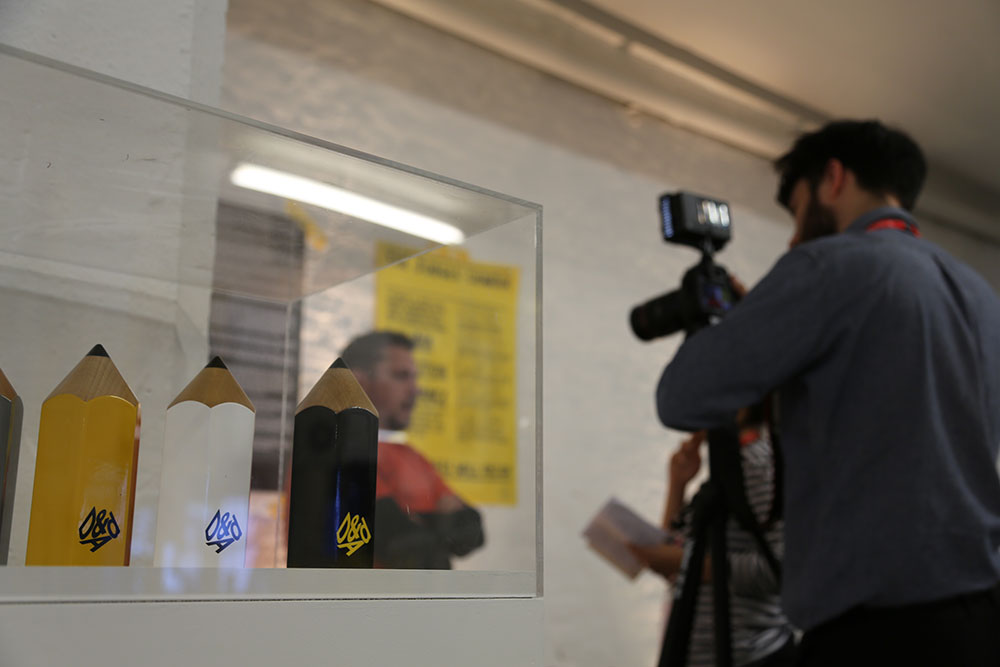
As I amble about partially awestruck by the scale of the place, I bump into Graphic Design judge Jack Renwick – taking a selfie. I offer to take a pic with my massive fuck off journalism camera while she walks me around. Her judging session has just finished but she’s still soaking it all in, impressed and deeply interested by the work around her. We look at a bubble gum poster together and she points out her favourite execution – an enormous lemon. I ask her what’s she’s looking for. “We’ve seen some really strong posters this year” she tells me, “some really strong posters series, simple but funny. For me, great work is work that communicates and gives you a strong emotional response.” Then she’s off, diving into more work, waving her arms as she gesticulates passionately.
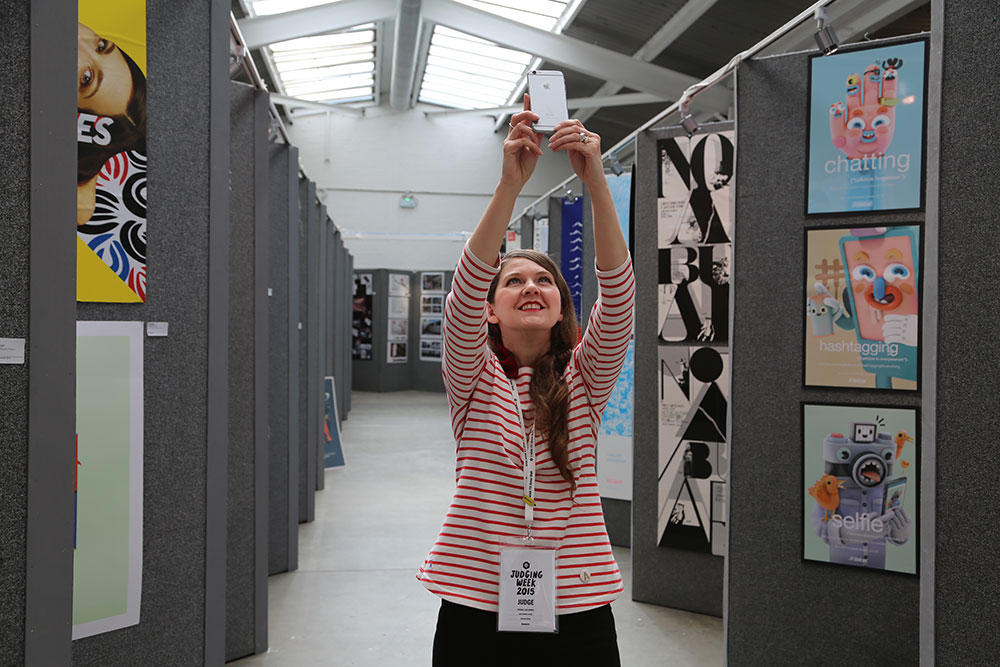
A few moments later I'm meeting Tim Lindsay, the CEO of D&AD, ex-President of Lowe Worldwide, and driving force behind the organisation. He’s tall and handsome, with twinkling blue eyes and a boyish smile, instantly charming. We sit down together and I begin to field some tough questions:

Adland: Why D&AD? What makes you different from other advertising awards?
Tim: Our aims are simple – Inspire, celebrate and enable excellence in advertising and design. Why? Because the good stuff works better than the bad stuff, and I don’t mean that just in business terms, but also in terms of making a cultural and an ethical impact. What we’re really about is getting people to change their behaviours. We have the skills within the industry to genuinely get people behaving more sustainably and doing better.
Adland: Is that the job of the advertising industry though?
Tim: Well if we think of design as problem solving, then I would argue we’ve been considering these problems for a long time. But, yes, advertising is different. The advertising business is there to serve clients. But we’ve got the opportunity to push bigger organisations to put sustainability first and do well by doing good.
There’s a movement right now that people don’t want to buy from companies who are doing bad. Advertising has fallen behind and we’re playing catch up.

Adland: Can advertising have a conscience?
Tim: Not by itself, because that’s just us talking to ourselves. But it has to join in the wider conversation about being good. Because we are complicit in getting people to buy shit they don’t need. We don’t have all the answers but we need to start asking the right questions.

Adland: What’s the future for DA&D?
Tim: Getting people to strive for excellence will always be of great importance to us. But I don’t know if award shows will look like this in 5 or 10 years. If I knew what the future looked like, I’d start building it today. But I do think creativity is constantly being redefined so we want to reach out and be as perceptive of that as possible.

Adland: Is advertising too insular?
Tim: Totally. Look around – a lot of white middle class people. Our New Blood Awards doesn’t change that. There are lots out there with talent and not enough studying the arts – many are going to be put off by fees. One aim of D&AD is to create programmes that teach people about the opportunities of working in advertising and design – a career some will never even consider. We recently ran an event with the D&AD Foundation where we went into schools in Hackney and spoke to the kids, told them all about the industry (NowCreate: Hackney).We want to do more of this, introduce more young people to the creative industries and inspire them to do great things.
Adland: Thank you.

Later in the day, I was privileged enough to see Oliviero Toscani – the genius advertising photographer - speak to a packed audience. Every word out of his mouth was either unexpected, shocking or wild. “Don’t call yourself a creative,” he told us, “creativity is something you do, not something you are. Lying on the beach, you and Michelangelo are the same. It’s only when you pick up a brush that we know who has the real talent.” He took us through his incredible body of work, much of which is so powerful and shocking we recognise it instantly today – such as his campaign for United Colours of Benetton. “Creative people” he told us, “spend all day sitting around looking for ideas. Stop looking! Get a different job, if you’re always looking!”
I’m left with one statement he made above others.
“Creativity”, he said “is where an overabundance of intelligence meets sensitivity to tell stories about the human condition. Any less is mediocrity. Creativity is where the head meets the heart.”
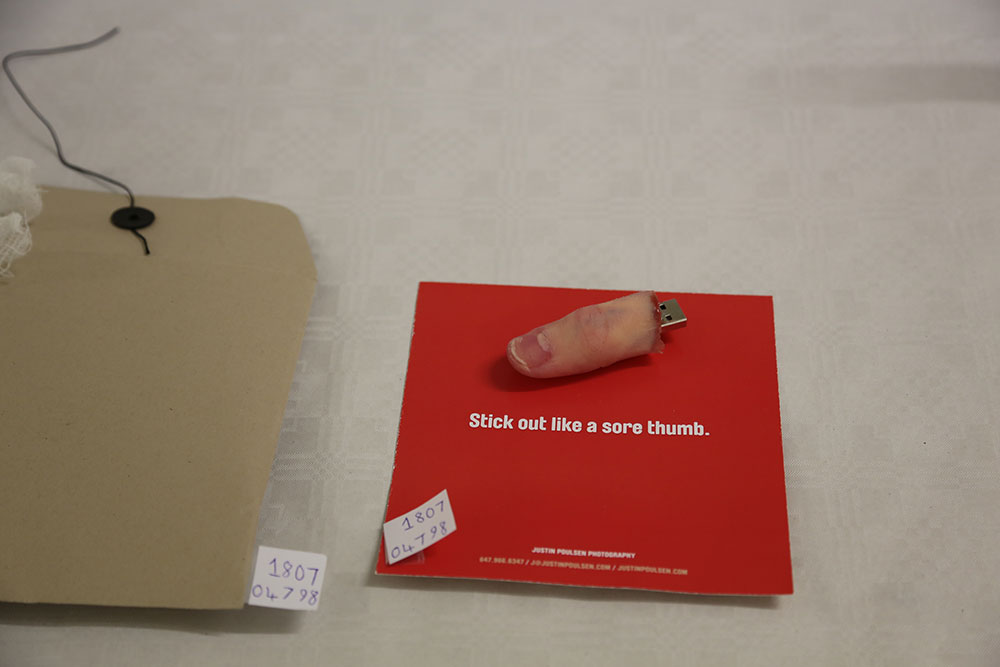
Ads, design even, are normally relegated to the sidelines, wedged in newspapers, stuffed in envelopes and packed in between TV shows. For one week only, it’s refreshing to see ads celebrated and given space to breathe. The creative industries need space to stretch out sometimes, to examine itself and its conscience. For one week in London, D&AD has given it this space.
